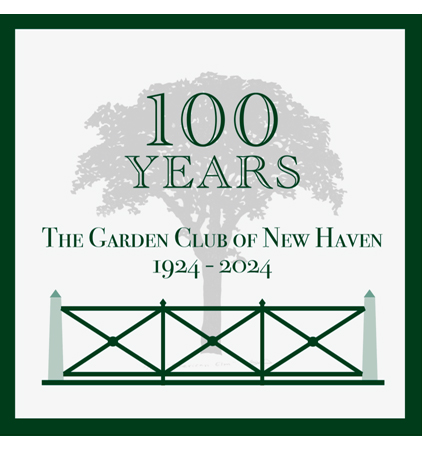New Haven Green & Its Elms
In 1640, a unique city plan of nine squares, its center square reserved for public use, was laid out in New Haven Colony.
Since 1779, the central square has been known as the New Haven Green. The Green is governed by five individuals, descendants of the original settlers, who form the Committee of the Proprietors of the Common and Undivided Lands in New Haven and hold the land in trust for the benefit of the people of New Haven. The Green is the only privately owned public space in the country.
The first elms were planted on the New Haven Green in 1686, gifts from a parishioner of First Church of Christ (also known as Center Church on the Green). In 1784, James Hillhouse, a large landowner and civic leader, began the first public tree-planting program in America to beautify the city, systematically planting American elms on the Green and throughout New Haven. They were incorporated as a symbol of the city, and ever since New Haven has been known as “The Elm City.” Elms can achieve heights up to 100 feet and have a strongly arched vase shape, creating an almost cathedral-like streetscape. The importance of elms to the city were noted in Frederick Law Olmsted and Cass Gilbert’s 1910 civic planning guidelines for its Civic Improvement Commission.
In the 1930s, Dutch elm disease caused massive tree loss in urban areas throughout the country, and New Haven’s elms were not spared.
In the 1950s, the Garden Club of New Haven (GCNH) began planting American elms on the Green, but by the 1980s, many of those elms were in serious decline due to attrition, Dutch elm disease, hurricanes, and ice storms. At that time the Garden Club, coordinated with the city, the Proprietors, and civic leaders, to raise $100,000 to repopulate the Green with new disease resistant elms and, on the Upper Green, specimen trees.
The resulting endowment continues, and supports ongoing planting and care for trees both on the Green and in other New Haven public parks.
audio Walking Tour of the GreenIn 2013, in celebration of the Centennial of the Garden Club of America, the Garden Club of New Haven partnered with the Proprietors of the Green to educate visitors and residents on the history of the New Haven Green and the importance of the elm to our city in the project American Elms in New Haven: On its Green and in its Neighborhoods. The project was a natural extension of the work that the Club had done on the Green since the 1950’s and had three components: continuing replacement of over 100 dead or dying elms with disease-resistant cultivars, a Garden Club brochure and an audio Walking Tour of the Green, and an Emmy-nominated Documentary film*, The New Haven Green: Heart of a City, which was produced by Karyl Evans and narrated by Paul Giamatti.
In 2014, GCNH efforts secured the Garden Club of America’s Founders’ Fund Award for the project, Safeguarding the American Elm: Preserving New Haven’s Roots. The funds allowed the club to continue to find homes for elms as well as to develop educational curriculums, fund field trips for school children to the New Haven Green as part of their study of the history of New Haven, and to map the newly planted elm trees to follow their health and longevity.
*To order copies of “The New Haven Green: Heart of a City” DVD send a $30 check per copy along with your return address to:
Karyl Evans Productions
1700 Hartford Turnpike
North Haven, CT 06473
All profits from the sale of the DVDs go to the ongoing planting and care of the trees on the New Haven Green.






